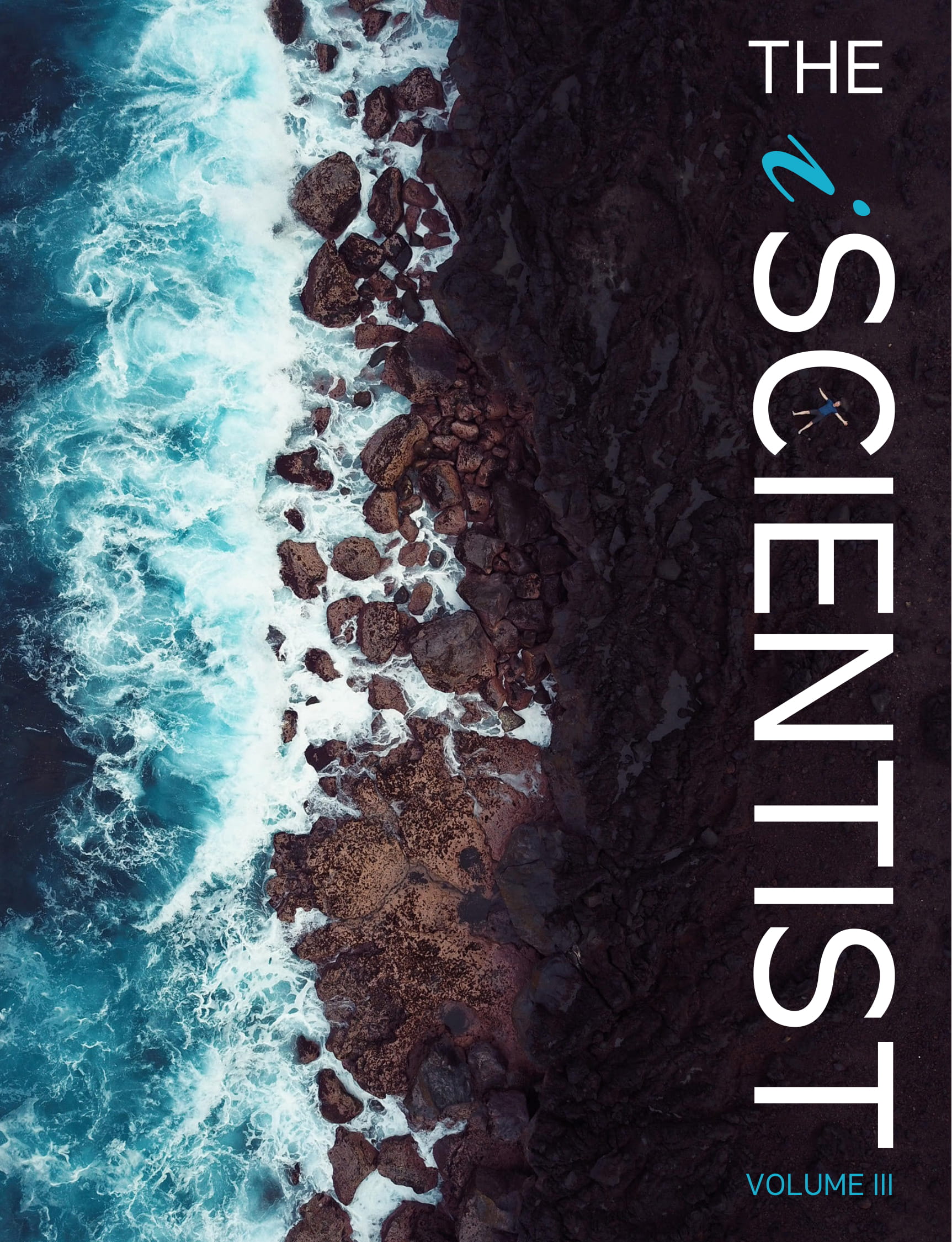The effects of used motor oil on Myzus persicae and Arabidopsis thaliana
Keywords:
used motor oil, Arabidopsis thaliana, Myzus persicae, block, plant stress, bioaccumulation, rosette diameterAbstract
Used motor oil (UMO) is a highly toxic substance that enters the environment as runoff from roadways and other urbanized impermeable surfaces. The effects of various runoff contaminants on the environment have been studied extensively, with research focusing on efficient and effective methods of clean-up. This study serves to examine the effects of varying volumes of UMO on plants and the subsequent impacts on herbivores. Arabidopsis thaliana was used as the model plant organism due to its rapid life cycle and Myzus persicae was used as the model herbivore organism due to its high proliferation rate. The results showed a statistically significant effect (p= 0.02335) of UMO treatment on plant performance. There was also a statistically significant effect (p= 0.0005221) due to the interaction of oil and day on the herbivore of the plant. The results indicate that contaminants can affect multiple trophic levels, which should be considered when looking at possible issues regarding the contamination of natural environments.References
Abdel-Shafy, H.I. and Mansour, M.S.M., 2016. A review on polycyclic aromatic hydrocarbons: Source,
environmental impact, effect on human health and remediation. Egyptian Journal of Petroleum, 25(1), pp.107–123.
Abioye, O.P., Agamuthu, P., Aziz, A. and R, A., 2012. Biodegradation of Used Motor Oil in Soil Using
Organic Waste Amendments. [Research article] Biotechnology Research International. Available at: <https://www.hindawi.com/journals/btri/2012/587041/> [Accessed 4 Nov. 2017].
Alkio, M., Tabuchi, T.M., Wang, X. and Colón-Carmona, A., 2005. Stress responses to polycyclic aromatic hydrocarbons in Arabidopsis include growth inhibition and hypersensitive response-like symptoms. Journal of Experimental Botany, 56(421), pp.2983–2994.
Anon 2017. RANDOM.ORG - List Randomizer. [online] Available at: <https://www.random.org/lists/> [Accessed 20 Oct. 2017].
Australian Government, 2010. Why we should recycle used motor oil?. [online] Department of the Environment and Energy. Available at: <http://www.environment.gov.au/> [Accessed 4 Nov. 2017].
Blackman R.L. and Eastop V.F., 2000. Aphids on the World’s Crops: An Identification and Information Guide, 2nd Edition. Wiley-Interscience, Chichester, UK.
Claeys, H. and Inzé, D., 2013. The Agony of Choice: How Plants Balance Growth and Survival under Water-Limiting Conditions. Plant Physiology, 162(4), pp.1768–1779.
Claeys, H., Landeghem, S.V., Dubois, M., Maleux, K. and Inzé, D., 2014. What Is Stress? Dose-Response Effects in Commonly Used in Vitro Stress Assays. Plant Physiology, 165(2), pp.519–527.
Gatehouse, J.A., 2002. Plant resistance towards insect herbivores: a dynamic interaction. New Phytologist, 156(2), pp.145–169.
Government of Canada, E. and C.C.C., 2010. Environment and Climate Change Canada - Acts & Regulations- Waste/Used Crank case Oils. [online] Available at: <https://www.ec.gc.ca/lcpe-cepa/default.asp?lang=En&n=1D74AD69-1&wsdoc=29616120-C354-0FDD-5164-CCC4F4F727D3.> [Accessed 4 Nov. 2017].
Hanano, A., Almousally, I. and Shaban, M., 2014. Phytotoxicity effects and biological responses of Arabidopsis thaliana to 2,3,7,8-tetrachlorinated dibenzo-p-dioxin exposure. Chemosphere, 104(Supplement C), pp.76–84.
Joern, A. and Mole, S., 2005. The plant stress hypothesis and variable responses by blue grama grass (Bouteloua gracilis) to water, mineral nitrogen, and insect herbivory. Journal of Chemical Ecology, 31(9), pp.2069–2090.
Koornneef, M. and Scheres, B., 2001. Arabidopsis thaliana as an experimental organism. Encycl. Life Sci.
Schoonhoven L. M., Van Loon J. J. A. and Dicke M., 2005. Insect-plant Biology. Oxford University Press.
McElrone, A.J., Choat, B., Gambetta, G.A. and Brodersen, C.R., 2013. Water uptake and transport in vascular plants. Nature Education Knowledge, 4(6).
Meinke, D.W., Cherry, J.M., Dean, C., Rounsley, S.D. and Koornneef, M., 1998. Arabidopsis thaliana: A Model Plant for Genome Analysis. Science, 282(5389), pp.662–682.
Mutti, N.S., Louis, J., Pappan, L.K., Pappan, K., Begum, K., Chen, M.-S., Park, Y., Dittmer, N., Marshall, J., Reese, J.C. and Reeck, G.R., 2008. A protein from the salivary glands of the pea aphid, Acyrthosiphon pisum, is essential in feeding on a host plant. Proceedings of the National Academy of Sciences of the United States of America, 105(29), pp.9965–9969.
Skirycz, A. and Inzé, D., 2010. More from less: plant growth under limited water. Current Opinion in Biotechnology, 21(2), pp.197–203.
Tchounwou, P.B., Yedjou, C.G., Patlolla, A.K. and Sutton, D.J., 2012. Heavy Metals Toxicity and the Environment. EXS, 101, pp.133–164.
War, A.R., Paulraj, M.G., Ahmad, T., Buhroo, A.A., Hussain, B., Ignacimuthu, S. and Sharma, H.C., 2012. Mechanisms of plant defense against insect herbivores. Plant Signaling & Behavior, 7(10), pp.1306–1320.
William J. Mattson, J., 1980. Herbivory in Relation to Plant Nitrogen Content. Annual Review of Ecology and Systematics, 11(1), pp.119–161.
Published
Issue
Section
License
Authors who publish with this journal agree to the following terms:- Authors retain copyright and grant the journal right of first publication with the work simultaneously licensed under a Creative Commons Attribution License that allows others to share the work with an acknowledgement of the work's authorship and initial publication in this journal.
- Authors are able to enter into separate, additional contractual arrangements for the non-exclusive distribution of the journal's published version of the work (e.g., post it to an institutional repository or publish it in a book), with an acknowledgement of its initial publication in this journal.
- Authors are permitted and encouraged to post their work online (e.g., in institutional repositories or on their website) prior to and during the submission process, as it can lead to productive exchanges, as well as earlier and greater citation of published work (See The Effect of Open Access).


